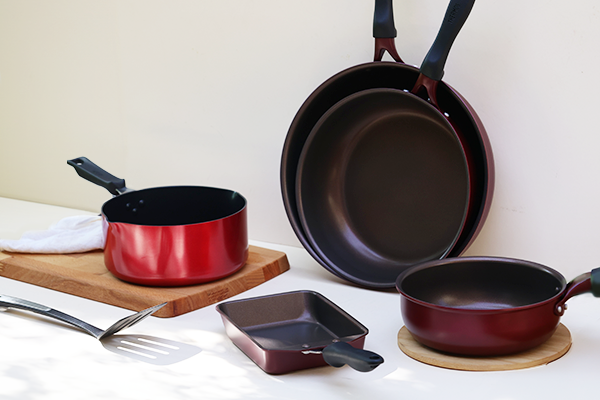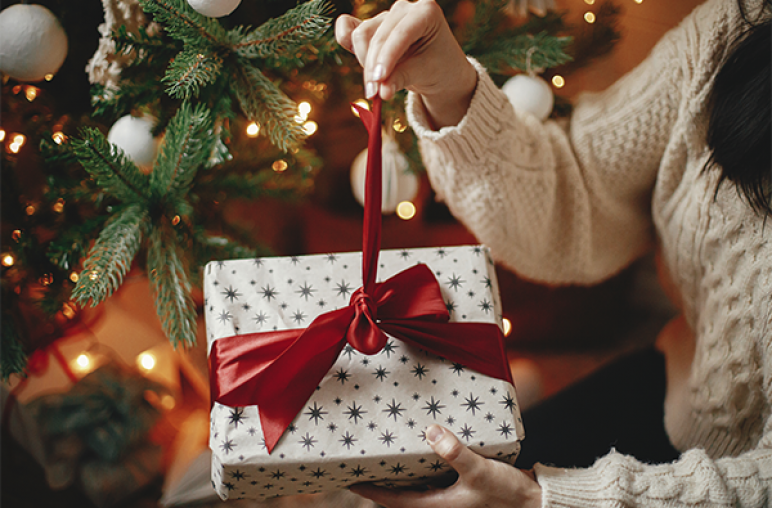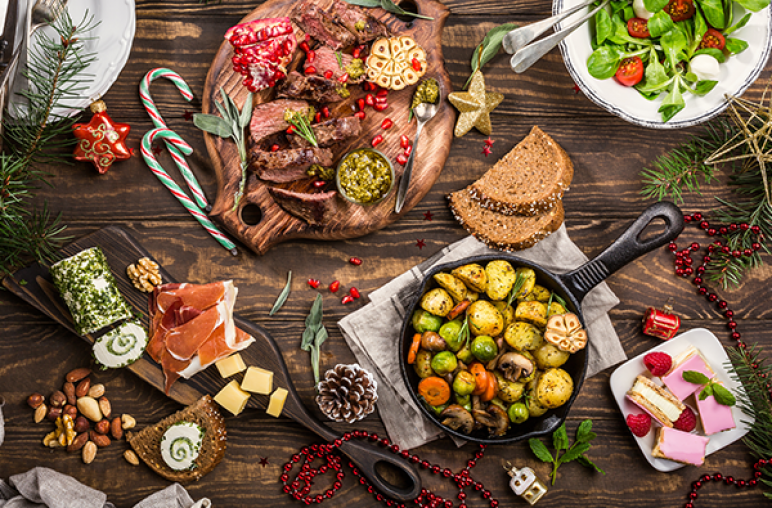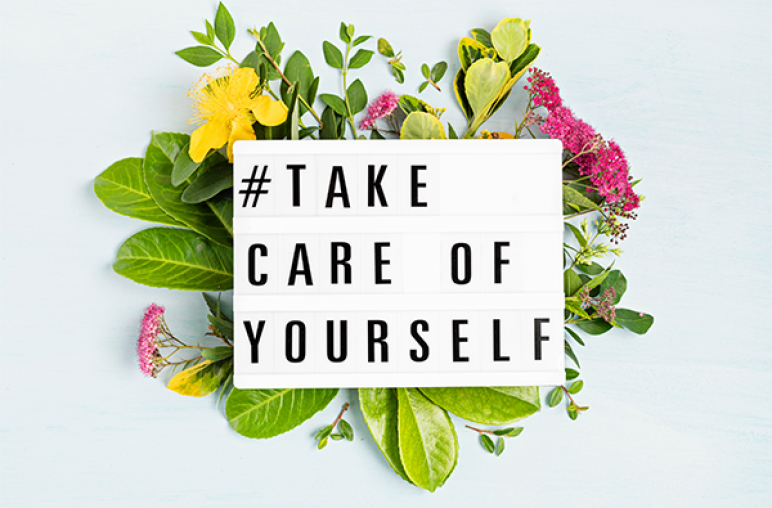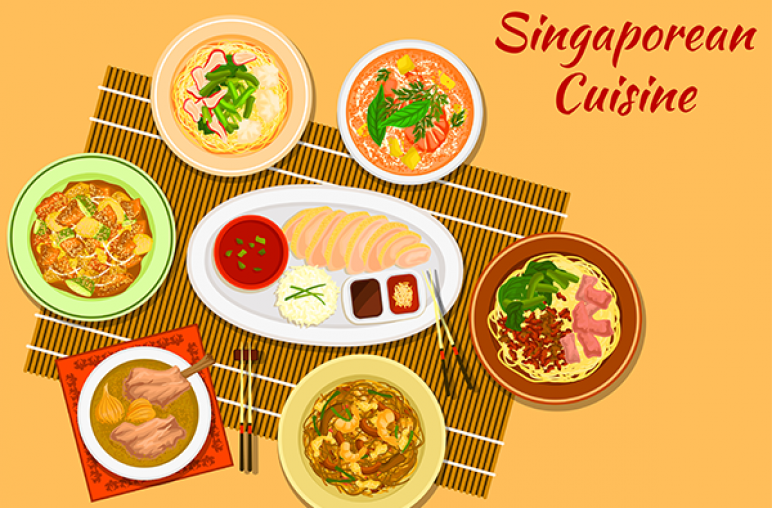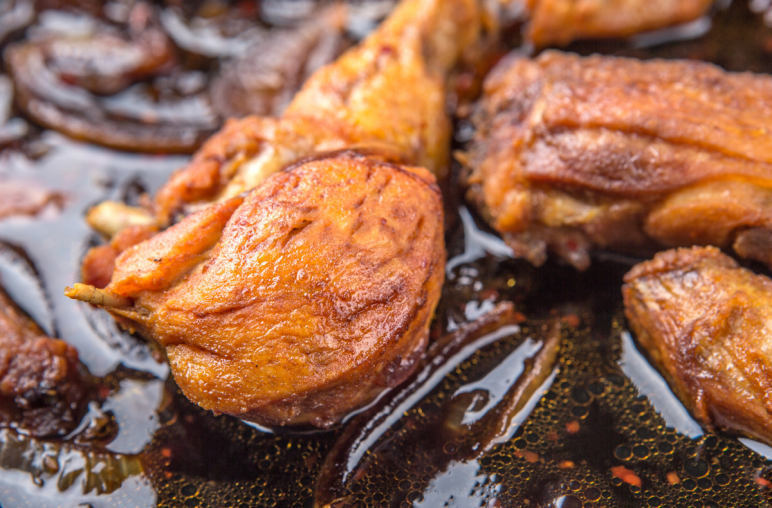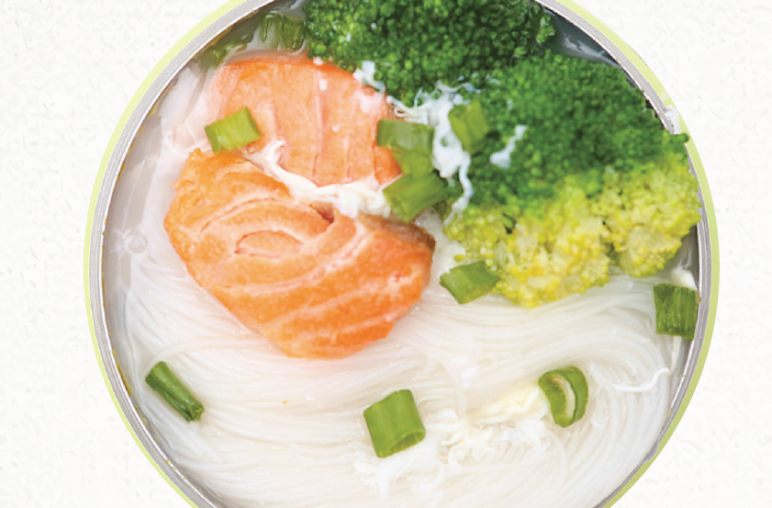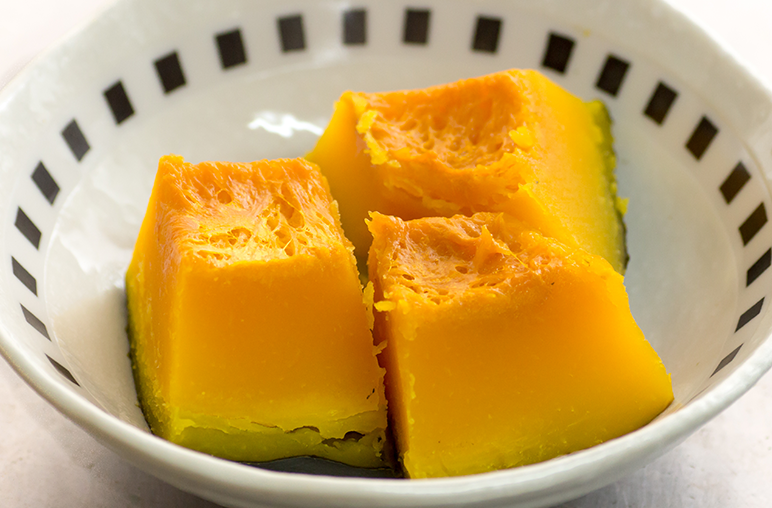Non-stick cookware are a must-have for any modern kitchen nowadays due to the cooking convenience and ease of cleaning. However, there might be some misinformation regarding how they’re used. We're here to debunk 6 common myths and provide tips for best usage, so you can enjoy your non-stick cookware to the fullest (and also keep them in service for many years to come)!
1. Are non-stick cookware metal utensil-safe?
Yes – to an extent! Light use of blunt metal utensils are fine (e.g. metal spoons) as long as there's no scraping or knocking.
Modern non-stick cookware feature considerably durable construction and often employ multiple coatings for improved abrasion resistance, like the Thermos® Non-Stick Frying Pans and Cooking Pots with a 3-layer non-stick coating (PTFE fluorine resin coating). It is still recommended to avoid the use of edged metal utensils like forks, knives and turners.
Tip: For the best care, it is recommended to use cooking tools made of nylon (like the Thermos® KT-F001 Nylon Slotted Turner), silicone or wooden materials that are gentle on the non-stick coating.
2. Do non-stick cookware give off toxic fumes?
Not at all! Modern non-stick cookware are mostly certified to be PFOS and PFOA-free. PTFE coating used in non-stick cookware is inert (chemically inactive).
PTFE coating is resilient and versatile in its applications; being non-stick is just one of its more well-known properties. As a high-density and temperature-resistant (up to 200°C) material, it is used in most cookware.
Tip: When shopping for non-stick cookware, keep an eye out for those quality ones that are PFOS/PFOA-free, utilise PTFE coating (fluorine resin coating) and certified as safe. That way, you can enjoy the convenience of non-stick cooking without worrying about your health!
3. Do non-stick cookware require high cooking temperatures?
Nope! Non-stick cookware don't require a high temperature to cook due to the non-stick coating’s thermal reactivity. Prolonged cooking at high temperature may lead to early degradation of the non-stick coatings.
Higher cooking temperatures aren’t necessarily better – this is especially true for non-stick cookware. Pots and pans that feature better thermal reactivity and heat retention can easily heat up with low to medium cooking temperatures to perform. If you prefer pre-heating your pan, you can do so together with the cooking oil or fat added beforehand.
It is best to avoid using high cooking temperatures altogether with the non-stick cookware, as this may contribute to a premature breakdown of the non-stick coating and even cause a fire (in extreme situations). So, even if you’re bringing a thick soup to boil in the 20cm Thermos® KNA-020S Non-Stick Cooking Pot with Double Pouring Mouths, a medium heat setting works just fine!
Tip: Medium-low to medium heat should work well for most dishes. Remember that high heat doesn’t always mean faster or better results. If you must use higher cooking temperatures, keep the cooking time brief.
4. Do non-stick cookware support no-oil cooking?
Yes, but it’s not a must! While oil or cooking fat is not necessary for non-stick cookware usage, adding a small amount can aid in the release of stickier foods such as fish.
Non-stick cookware is often advertised with phrases such as “fat-free cooking” but this is more of an exception rather than a rule. Yes – you’ll still be able to cook just fine without using oil or fat, but most recipes actually factor those in for their flavour. The great benefit of using non-stick cookware is that you won’t need as much cooking oil to achieve the same kind of food release as you would with non-coated cookware.
Tip: Don’t shy away from cooking fat. For instance, omelettes just don’t taste the same without butter! Also, having a small amount of cooking fat in your pan makes it easier to deal with stickier foods such as fish, where the skin has a tendency to stick.
5. Is it safe to scrub non-stick cookware?
Yes, with the right tools! Some scouring pads are non-stick cookware-safe and will be indicated as such. Avoid using steel wool or steel scouring pads when cleaning. Most times, food residue on non-stick cookware will come clean off with a swipe of a kitchen towel or a soft sponge.
Tip: For stubborn stains, a short soak in warm water (after the pan cools down) helps to loosen the food particles before washing. If that doesn’t work, the scour side of your sponge should help you to scrub any leftover stains right off. Some scouring pads are safe for use with non-stick coatings, the biggest exception being steel wool. When shopping for a sink sponge, look for any indication of it being non-marking, non-scratching or non-stick-safe for peace of mind.
6. Is it safe to cool non-stick cookware with running water right after cooking?
Yes, and no! While it is technically safe, we do not recommend it. The sudden change of temperature that occurs when a hot pan goes under cold water is known as ‘thermal shock’. Repeated over time, this can shorten the lifespan of the non-stick coating and even cause the cookware itself to warp.
Tip: Letting the pan cool thoroughly prior to washing is your safest bet. If you’re looking to speed things up, you can cool your (warm to the touch) non-stick cookware by rinsing the base with running water before setting it aside to fully cool, before washing.


